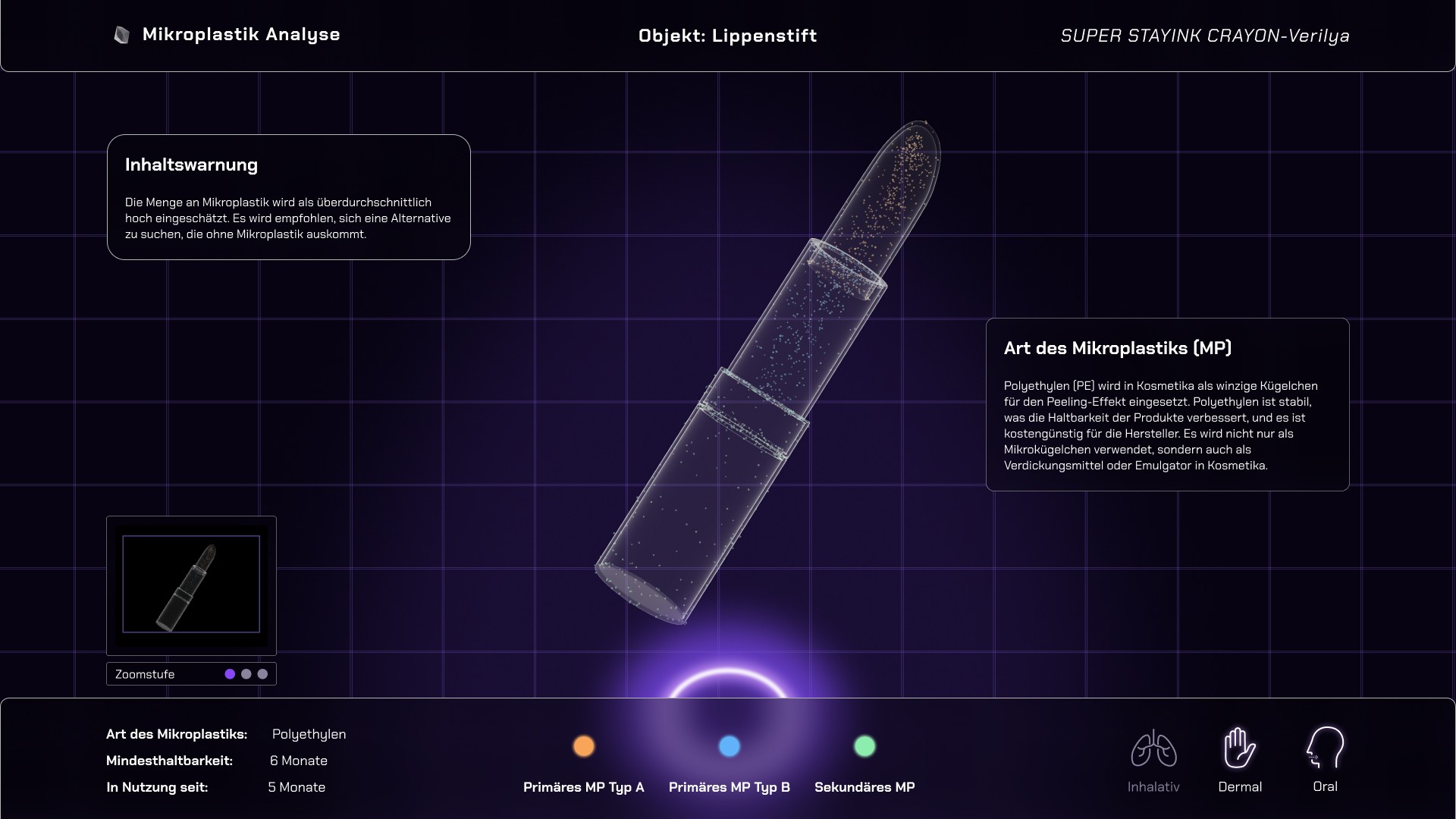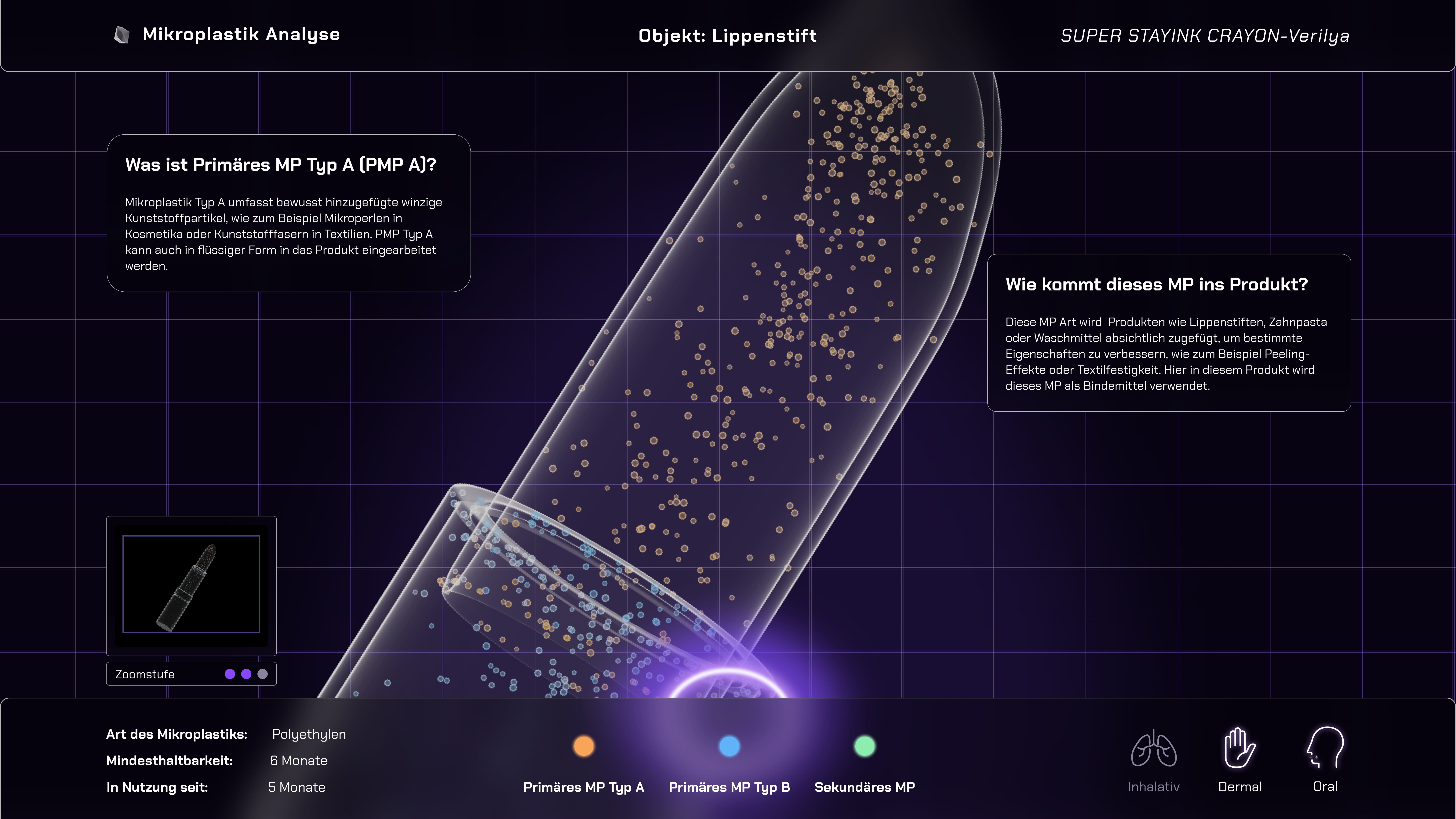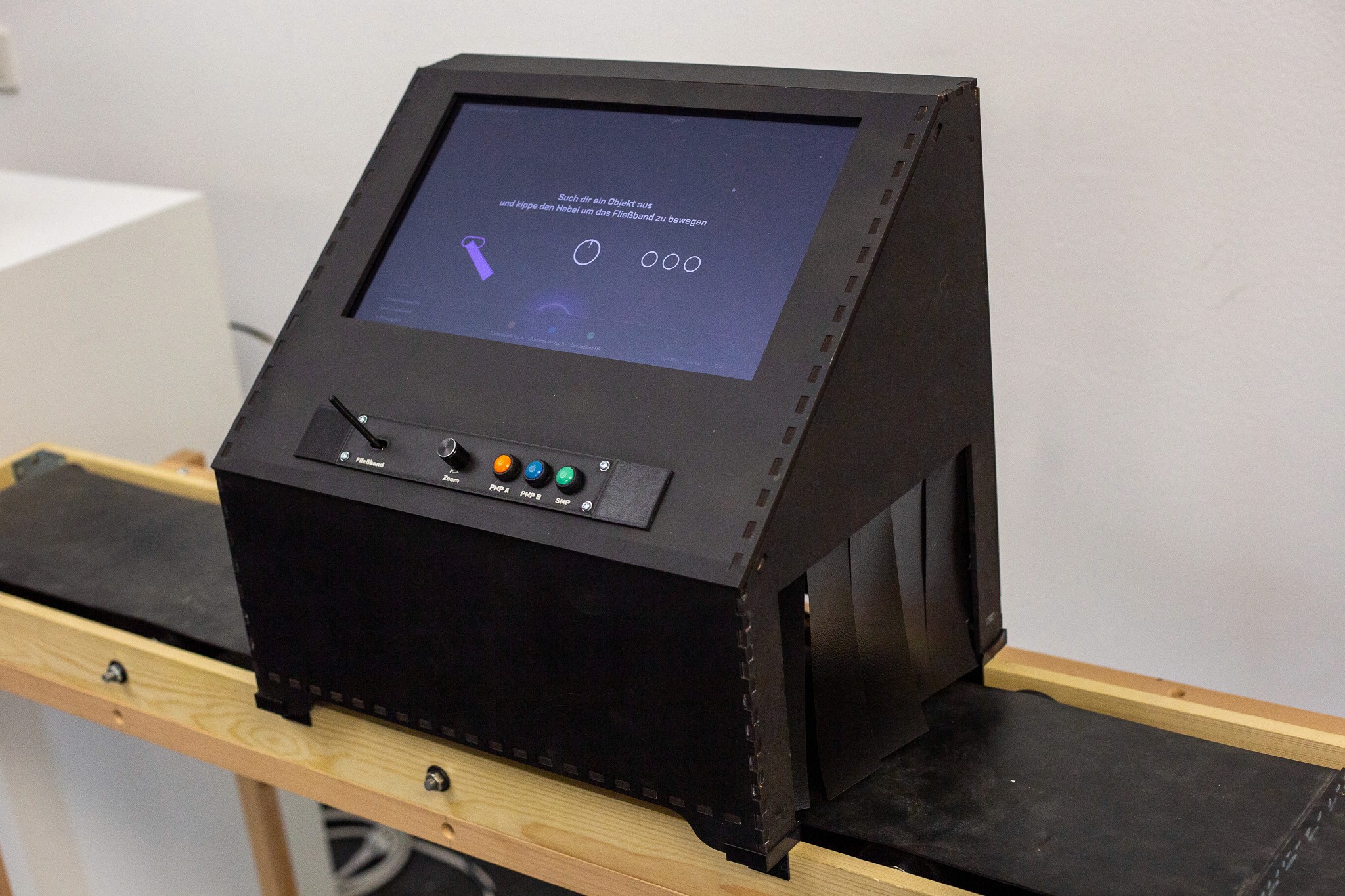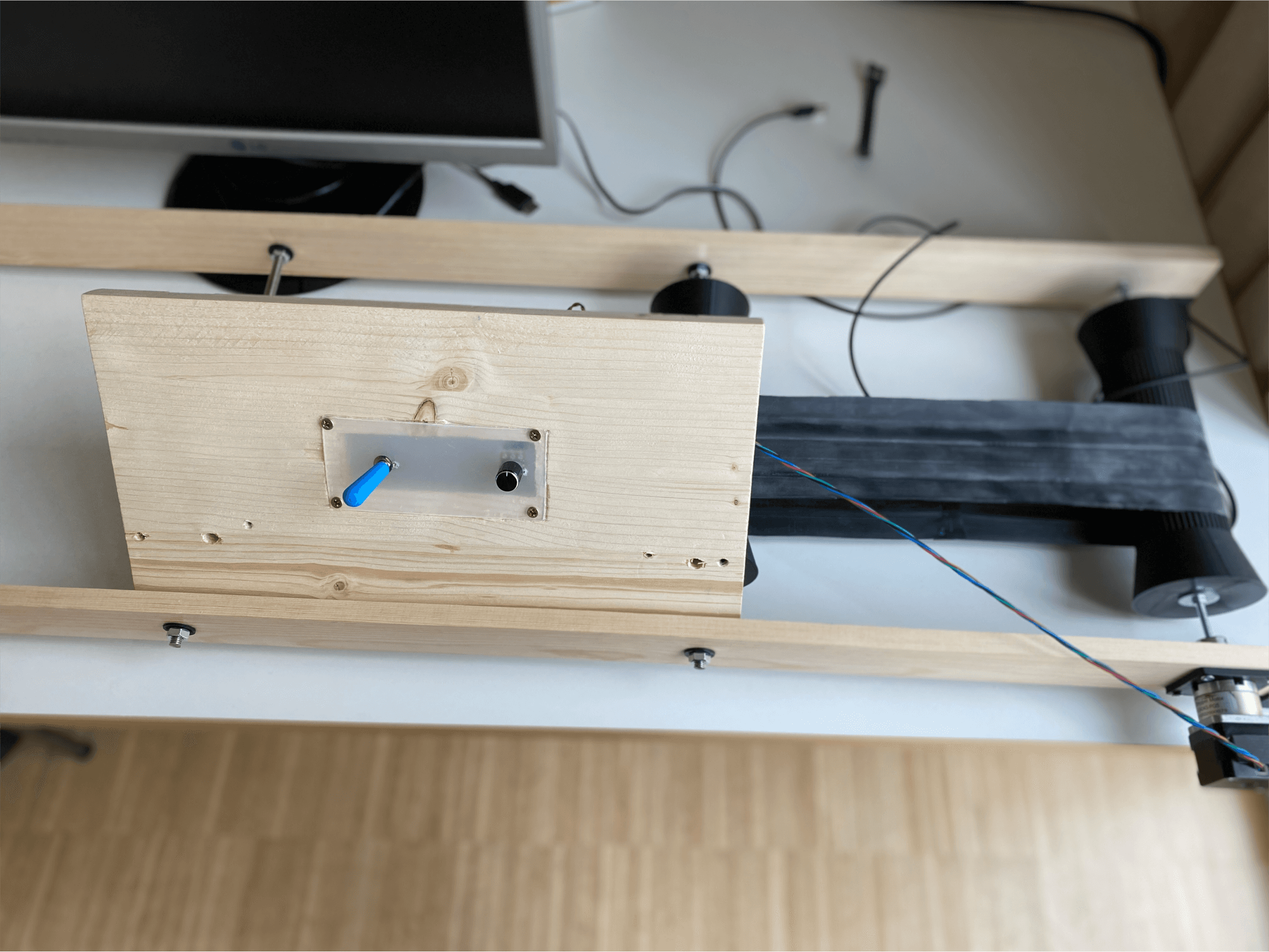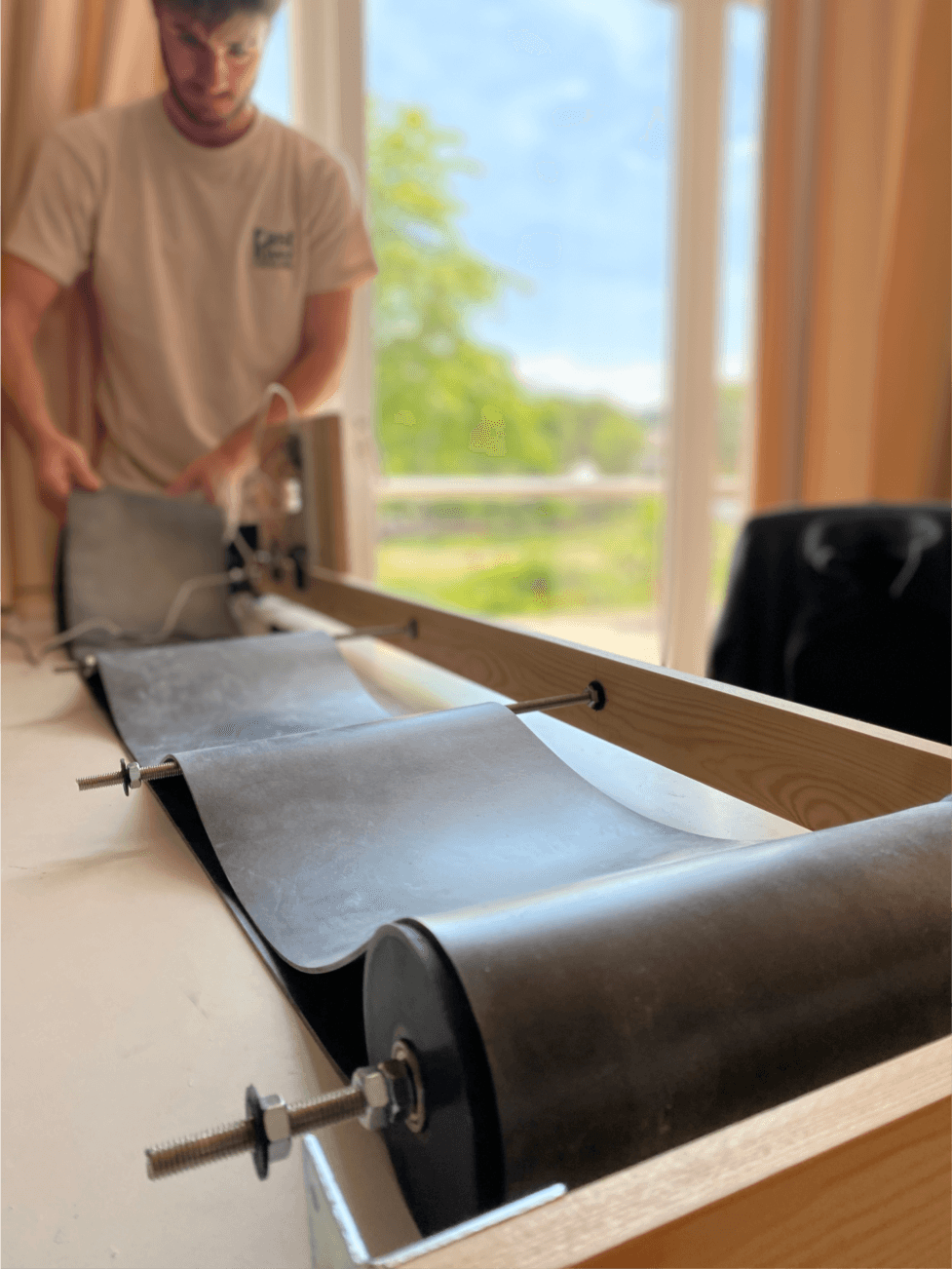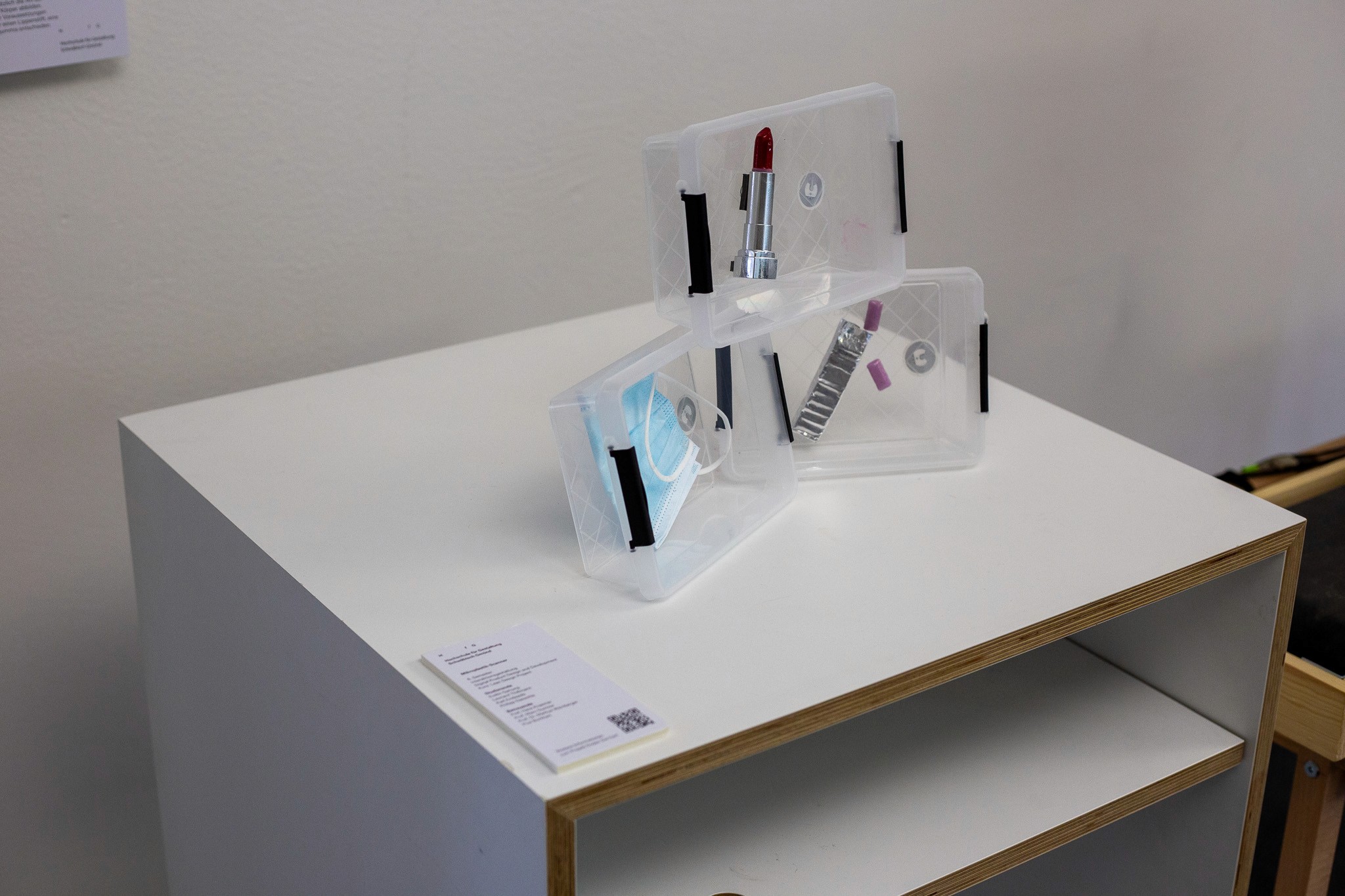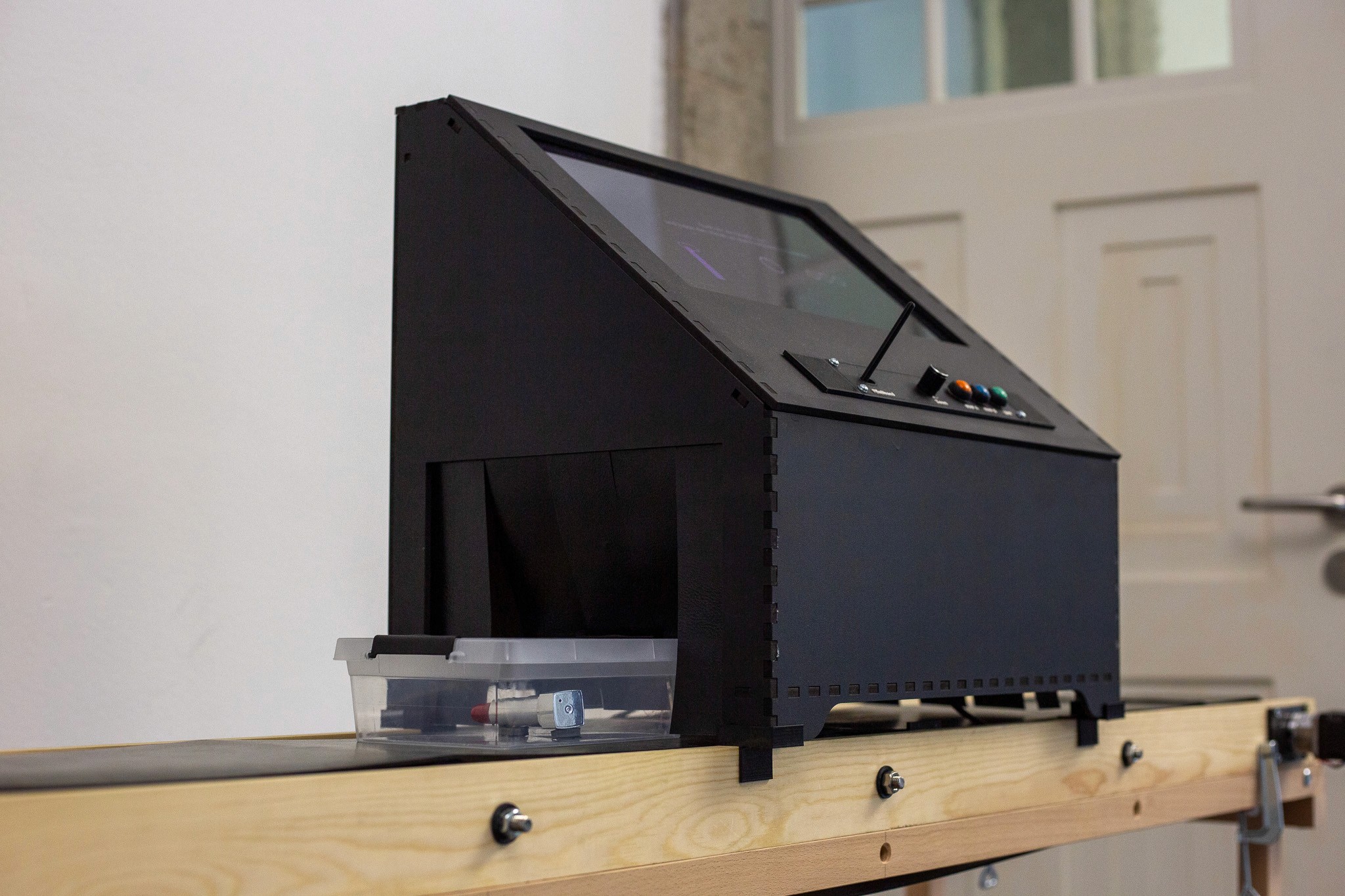Microplastic
An interactive exhibition that visualizes the amount of microplastic in different everyday objects.
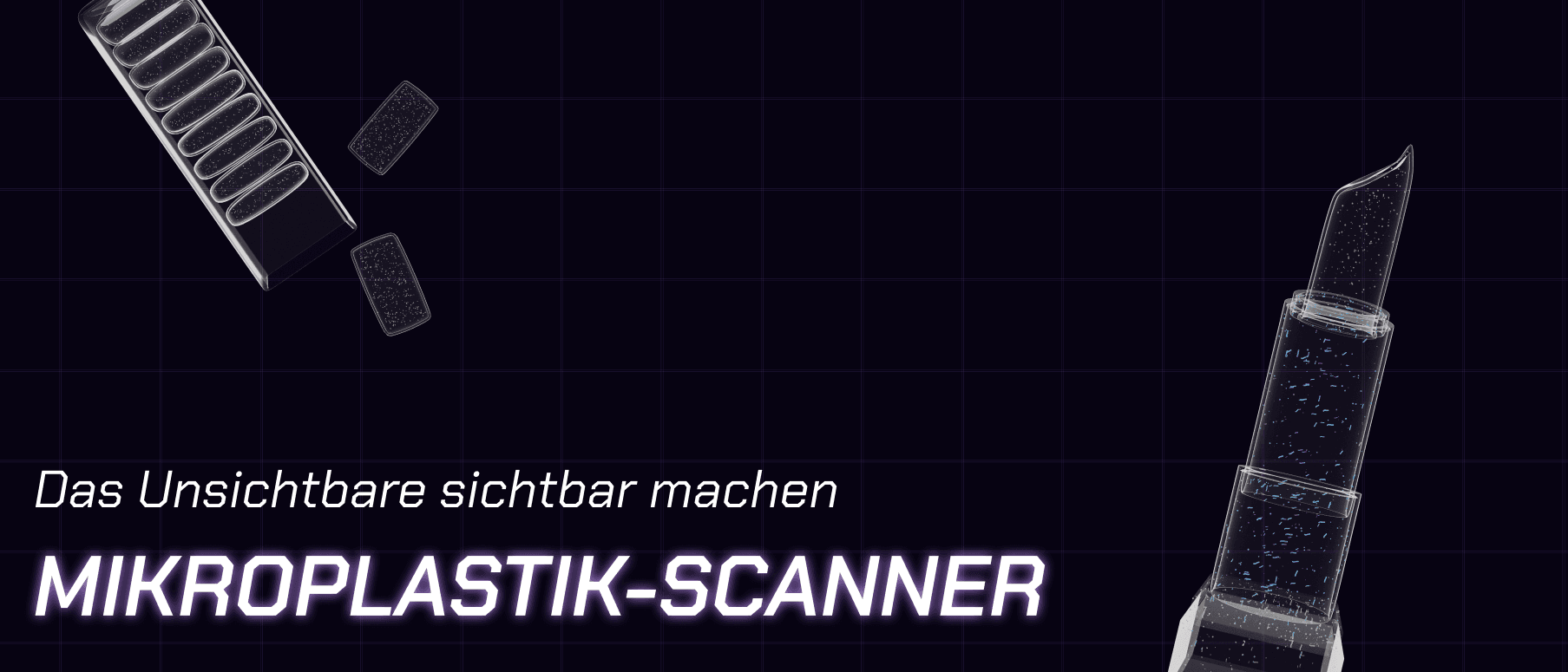
Skills
Haptic Prototype, Concept, Visual Design, UI Design, UX Design, Exhibition Design, Team Lead, Team Happiness
Methods used
1:1 Prototype, Usability testing, Design Sprint, Storyboards, User Flows, Morphological Box
Team
Evelin Gariung, Leonard Thillmann, Karl Enderpol
Supervision
Marc Guntow, Hans Krämer
Duration
Mar. 2023 - Jul. 2023
Category
University Project
The idea
Many everyday products like gum, shampoo, exfoliants, and cosmetics contain microplastics. While we often hear about plastic pollution in oceans, we wanted to educate people about the hidden microplastic particles in the products they use daily. Our goal was to create an interactive exhibition to make these invisible particles visible and relatable while maintaining a professional and unbiased tone.
What we did
Research
During an intense research phase, we meticulously examined articles, papers, and news reports. Our comprehensive research efforts led us to repeatedly revise our concepts to ensure the quality and accuracy of our exhibit.
Define
We discovered that the topic of microplastics was too vast to convey in a single exhibit. Therefore, we narrowed down our focus to the specific question, “How is microplastic entering our body?”
Build
Throughout our research, we created multiple prototypes to test various ideas, topics, and methods of conveying information. These tests provided valuable insights that culminated in our final prototype.
Where we ended up
We created an exhibit inspired by airport x-ray machines, showcasing different types of microplastics found in selected products.
As users examine the objects, they can learn about various types of microplastics, why they are used, and how they enter the human body.
The exhibit allows users to decide their level of interest, choose the information they want to see, and dive deeper into the chosen objects. By zooming in, users can see more details about each type of microplastic and get a sense of the scale of these particles.
Initially, we considered including biased information about the consequences of microplastics in the human body. However, we chose to rely solely on scientific data. At the time, studies on these consequences were not fully reliable, so we focused on presenting factual, unbiased information.
What I learned
In this project, I coordinated much of the team and project planning, contributing to conceptual and visual design tasks. I learned the importance of team happiness and how valuable it is to hear every team member’s opinion. Working collaboratively and exchanging ideas within the team led to a successful project outcome.
Project insights
Some impressions of the project and progress.

